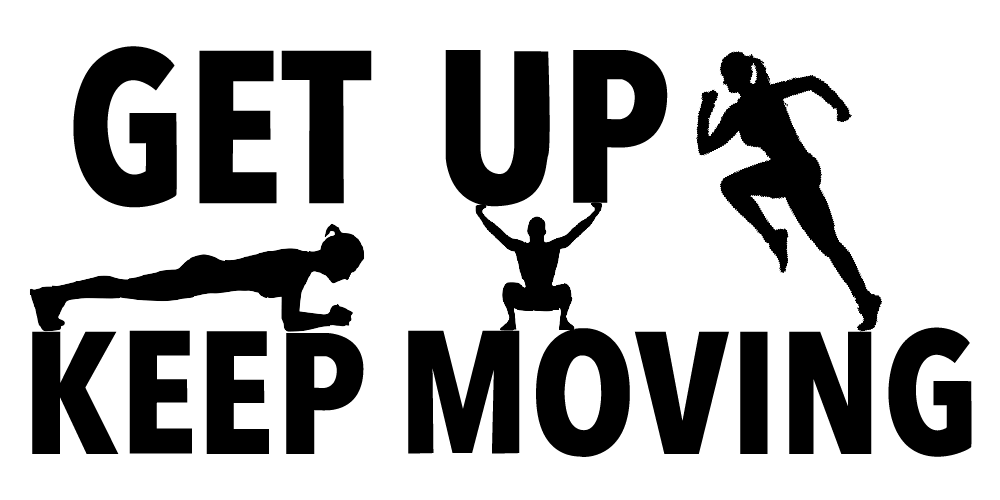Hello friends~
I had a conversation this week with a coaching client.
After only 6 sessions the client asked in all sincerity when I thought it would be a good time to stop training with me and go solo.
I said:
It’s up to you.
You’ve been doing your own thing for years. So why did you reach out to me? This person said they were curious after seeing my social media posts, a goal to continue building strength for a knee injury, and wants to work on core, which I am ALL about for every client.
This person said they like bootcamps and HIIT, so I suggested some classes at the new local gym (where I’ll also be training clients), and that they could stick with individual coaching as well, to reduce risk of further injuring the knee, to perform well in the classes, and to see continued results over time.
Strength coaching is a commitment.
I vacillated in training with my first coach.
Does it sound familiar? I started about 30 years ago ago with my first coach – I was curious, interested in how it would work for bit of weight loss, aesthetics, and injury rehab.

I still feel bad about being that difficult client! I only wanted to do stuff I already knew how to do, and I was super inconsistent, with good excuses to skip a session. I lost a little weight, the inflammation was relieved, and I looked and felt good…then I thought I was finished. I thought it was a “luxury expense”, and I quit. I was already accumulating certifications, so I thought I was smart enough to go it alone. NOT.
I’ve realized that having expert guidance is essential to make workouts efficient and effective, and to achieve results.
Coaching is not like PT, where you finish a course of treatment and you’re released.
So what’s coaching for?
Strength training guided by a certified professional will reduce the risk of injury and the need for procedures in the future. But not only that. Efficient, effective, and safe exercise benefits the body AND the brain.
Women especially need coaching through perimenopause and beyond to stay strong for the long game. Here’s why strength training is super important for women. Get strong ladies. To be continued…
Every athlete (you’re an athlete if you use your body for a purpose) benefits from coaching. Progressions and regressions, addressing realistic goals, and doing the boring basics isn’t always sexy, but it sure pays off.
We’re aging every nanosecond. After age 35 or so our bodies begin to lose muscle. Muscle loss (sarcopenia) increases over time, and faster after 40, 50, and rapidly after 60. We can maintain and strengthen remaining muscle fiber forever in a combination of longer duration low intensity, and high intensity, plus progressive overload strength training.
- If you like group sessions, your 1-1 coaching will keep you strong, mobile, and flexible so you can fully participate and enjoy those classes.
- If you’re looking for mechanics, strength and power, your coach will keep you on track to perform your best.
- If it’s about muscle definition – resistance training (plus nutrition) will contribute to hypertrophy (muscle growth).
- If you’re looking to lift heavy, and get strong your coach will enable you to progress safely, efficiently, effectively.
A coach can see you better than you can see yourself.
Thankfully I realized that I need a coach.
And I’ve had the best coaches. Smart, patient, perceptive.
Even through the years that I’ve been certified, my coaches have enabled me to succeed in racing my bike, powerlifting, and rowing after age 50. At 70 the coaching is still paying off.
Performance, mechanics, and even attitude are factored into training sessions, not just numbers, especially for women after age 35 or so, and beyond. You can build muscle and get strong at any age.
Want to get strong, stay strong?
It’s up to you.
I’m here for you.
Trainer tip: Crunchy knees?
As a long-time member of the crunchy knee club (an ortho told me it’s “bone-on-bone”), here are my survival tips for getting through a squat session without the distracting snap, crackle, pop, of the knee joints.
Knee cracking by itself doesn’t mean much, but if it’s combined with sharp pain, stop what you’re doing and get to an ortho for evaluation, and especially get to PT asap.
If it’s just uncomfortable or annoying here’s what I do to help avoid knee pain and cracks before squatting:
- This is a biggie. Don’t sit for an extended time before a workout. I know you’ve been hearing that sitting is bad – because it IS. If you’re desk bound for any length of time, or on the train, bus, boat, or driving, get moving well before the workout.
- Activate the legs before squat workouts.
- Do light light leg extensions on a machine, or at home, turning on the quads as you extend with a hold at extension. Seated with the back straight, straighten the leg (either together or one at a time), press the back of the knee toward the floor, and hold briefly.
- Try banded squats for pre-workout, with a large resistance band behind the knees, anchored onto a squat rack or sturdy pole. (use knee wraps for this one.)
- Activate adductors and glutes – do a couple of sets of squats squeezing a ball or yoga block.
- Do unweighted tempo squats – slow eccentric with a hold at the bottom.
- Warm up for real. Get a bit sweaty before the workout to raise core body temp.
- Stay hydrated. It really does help lubricate the joints.
Onward~
Polli




